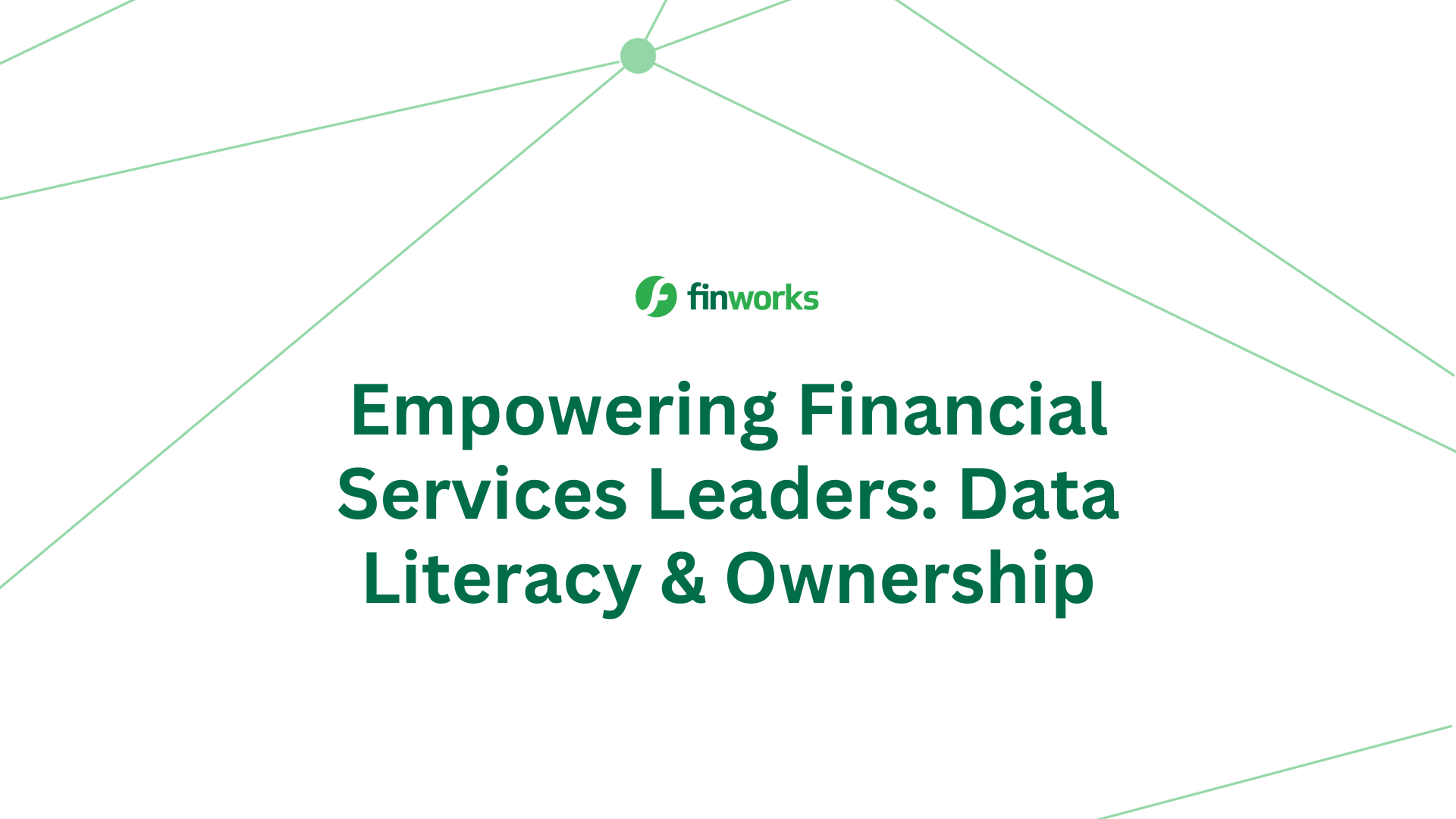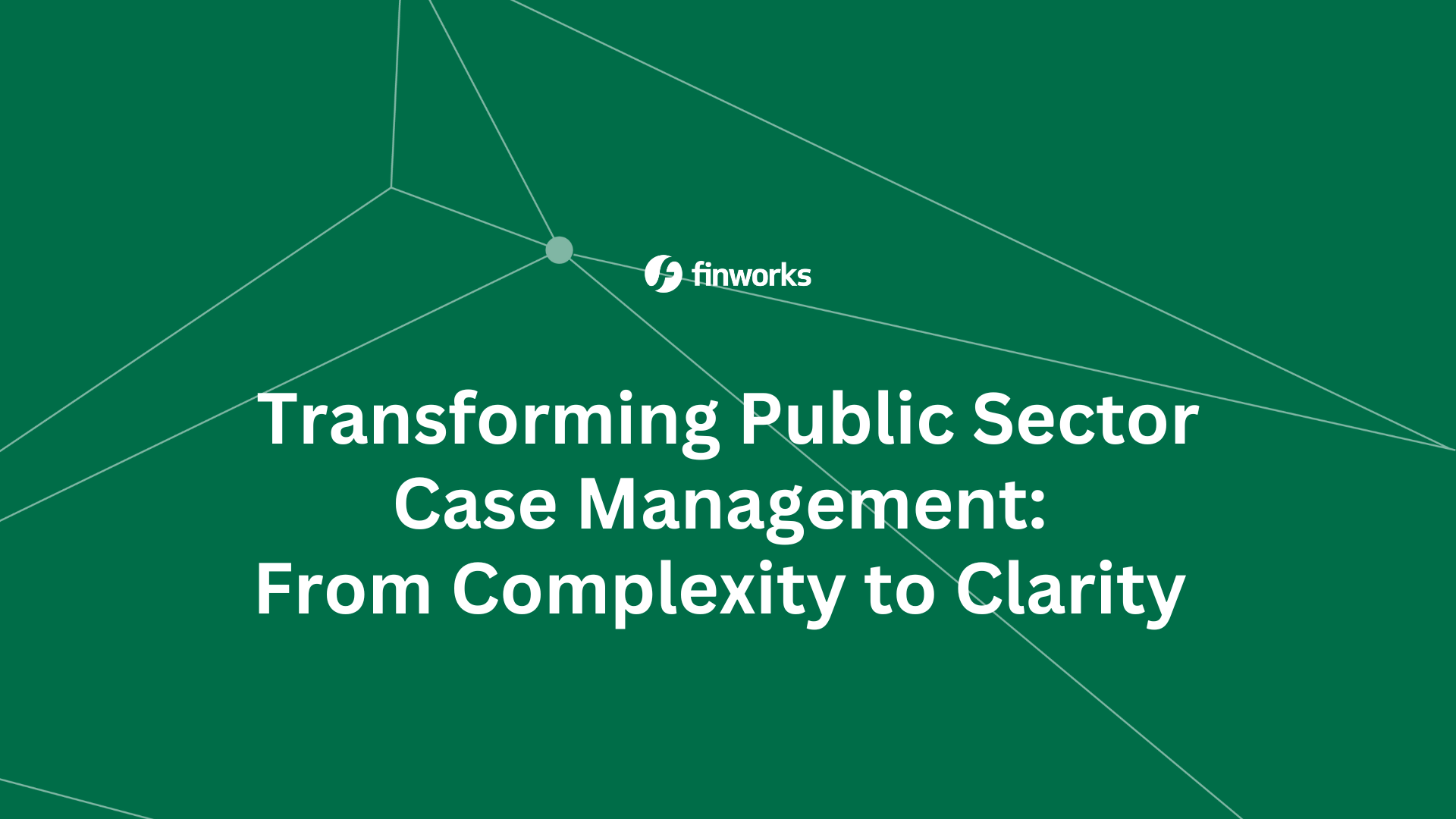Aligning Data Strategy with Business Strategy: A Roadmap for Effective Decision-Making
Creating and implementing a data strategy is critical in ensuring businesses like yours get the most out of their data, especially given how much data is still overlooked.
According to an important article in the Harvard Business Review, the average organisation analyses roughly 40% of its data, which frequently drops to less than 1% for unstructured data. Many companies waste other data because they lack a data strategy plan that allows them to use the rest of it. Without this approach, up to 70% of employees may gain access to data they should not have, posing significant security and compliance issues.
The Power of Data in Business
Data is a powerful tool that can help businesses make informed decisions and drive meaningful outcomes. Data does not belong to specific departments; it is an asset that serves the entire organisation.
Data-driven decision-making is a universal notion that applies to various industries, including financial services, government, and manufacturing supply chains. Making informed decisions requires bringing together data in a secure and well-managed approach. Business executives must break down data silos, making all data securely available for analysis, regardless of where it resides inside the business.
Common Challenges in Converting Data to Actionable Insights
Organisations that derive insights from their data stay ahead of customer expectations and competitors. They can better predict client requirements and promptly provide innovative products to the market. They may also quickly innovate and generate new revenue streams by using the power of data.
With that in mind, transforming data into actionable insight involves significant challenges.
Large Volumes of Data
The enormous volume of data generated nowadays makes it challenging for enterprises to determine how to use it. In fact, the next three years will generate more data than the previous 30 years combined. Outdated on-premises and data management systems will be unable to handle this volume of data.
Siloed Data Storage
The majority of companies store their data in silos. However, to make more informed decisions, you must safely access, combine and analyse all types of data from a single location, regardless of where it originates inside your organisation.
Multiple Formats
Your organisation collects structured and unstructured data from a variety of sources. Disparate data sources typically result in data being kept in several formats, such as log files, click stream data, sound, and video, which is problematic for data sharing. Your data must be stored in open data formats that allow for analysis across the enterprise.
Governance Issues
In an era of ever-increasing data security, privacy, and compliance rules, enterprises must be able to properly define, monitor, and regulate who has access to specific data sets. Data source governance might vary, making it difficult to ensure data quality, consistency, accessibility, and security. Your company requires a more secure and controllable data asset management strategy to improve decision-making.
Delayed Time to Insights
The combination of fragmented data storage, multiple data formats, governance problems, and other variables increases the time required to translate raw data into meaningful insights. While machine learning can be a disruptive technology that drives innovation, organisations are struggling to make meaningful progress due to a lack of ML skills and access to sufficient and high-quality data to train on.
Time and Costs
Organisations are typically searching for a platform that will allow them to run their analytics efficiently and reliably. The ideal solution saves time on administrative activities while keeping performance.
Crafting the Roadmap for Data Alignment
A planned approach to creating a data strategy roadmap is the best way ahead. This is because it promotes clarity, keeps business goals in mind, and allows for a logical transition to structured execution. To do this, we provide the following considerations based on our years of experience developing successful data roadmaps with our clients and implementing them:
1. Business Strategy
In data-driven enterprises, data strategy and business strategy are inseparable. As a result, your data initiatives must fit with your business objectives. So, how can we define such a data strategy?
- Begin by understanding and documenting stakeholder requirements (mostly customers and executives).
- Evaluate your current data processes and infrastructure and determine your data maturity level. This review serves as a foundation for developing a data strategy that is aligned with business objectives.
- Finally, define short- and long-term data strategy goals, as well as quantitative objectives that are in line with business requirements. For example, a short-term aim could be to update processed business data backups every week, and a long-term goal could be to boost business ROI by 20% over the next two years based on existing data investments.
2. Organisational Roles
Successful transformation requires alignment across all levels. You must clearly identify your organisation’s roles and responsibilities to implement your data strategy successfully.
Identifying data stewards, data owners, data managers, data analysts, data engineers, data architects, and other specialised resources is an important step in this process.
A well-defined data strategy fosters a data governance culture, ensuring that data-related activities are well-coordinated and executed successfully by relevant data teams and resources under the supervision of a Chief Data Officer (CDO/CDAO).
3. Data architecture
A comprehensive data strategy includes the creation of a strong and modern data architecture that considers various factors, such as data sources, destinations, and processing infrastructure.
For example, enterprises can select between data warehouses, data lakes, or both as storage solutions. You can also use data fabric or data mesh architectures to establish uniform data pipelines across all teams and systems. Additionally, you can also use data cataloguing and metadata management solutions to streamline your data assets. As a result, organisations can ensure smooth data flow, integration, and processing.
Furthermore, a strong data architecture facilitates the generation of advanced analytics and insights, allowing companies to extract meaningful information from their data assets and promoting innovation and company growth. New technology on its own will not replace an effective data management function.
4. Data Management
Data management is an essential component of a complete data strategy. It enables organisations to quickly obtain a nearly comprehensive view of company data scattered across departments.
For example, the CFO collects and analyses financial data such as revenue, expenses, and cash flow. This data is used to make informed decisions about the organisation’s financial health and to develop strategies to improve it.
Data management functions can be built centrally or decentralized by function or business unit. Either way, empower teams with data access across organisations and promote a data-driven culture. This means everyone should be comfortable with business data regardless of their technical expertise.
5. Culture Change and Adoption
The final step is to implement the duties outlined in the data strategy plan but keep in mind that this will be an ongoing process. In addition to assuring data governance and security, your methods should allow for stakeholder participation, continual development, and the ability to adapt to changing market conditions and corporate objectives.
Consider training and communication to foster a data-driven culture, increase adoption, and make better decisions. This allows you to focus on creating measurable business value while also maximising the relevance of the data strategy roadmap in both the short and long term.
Finworks: Transformative Data Solutions
A data strategy provides the foundation for all of your data and analytics, particularly as your organisation strives to become more analytically mature. It is not a short-term initiative but a long-term strategy that takes a comprehensive approach to people, processes, and technology.
Building a complete data strategy roadmap might be difficult due to the many intricacies associated with data, engineering, and operations. Finworks has implemented proven data management solutions for large enterprises. We can help you leverage data to improve decisions and propel business growth. As you develop a data strategy framework, remember the five key elements to overcome data challenges, improve decision-making, and support your business needs.
Contact us and let the experts at Finworks clear a path towards implementing a robust data strategy for your organisation.




